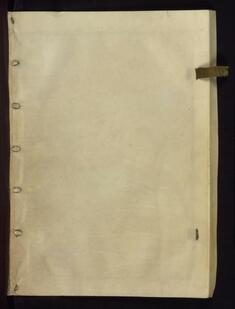Arms of the Earl of Warwick
(Medieval Europe , Manuscripts and Rare Books)
Provenance
Provenance (from the French provenir, 'to come from/forth') is the chronology of the ownership, custody, or location of a historical object. Learn more about provenance at the Walters.
Made in East Anglia, England, mid-13th century; Carrow Priory, Norwich, 15th century [recorded in a 14th or 15th century inscription on fol. 1r]; John Baptist, 3rd Lord Caryll (1716-1780) [his bookplate recorded in 1902, but is no longer extant] [date and mode of acquisition unknown]; George Galway Mills, before 1800 [mode of acquisition unknown]; Mills Sale, London, February 24, 1800; Reverend David T. Powell, first half 19th century [mode of acquisition unknown]; Powell Sale, London, July 31, 1848; 4th Earl of Ashburnham (1797-1878) [Appendix no. XXXIII, his bookplate] [date and mode of acquisition unknown]; Henry Yates Thompson, 1899 [his bookplate] [mode of acquisition unknown]; Yates Thompson Sale, Sotheby, Wilkinson and Hodge, 23 March 1920, [no. 34]; Quaritch, 1920, by purchase; Henry Walters, Baltimore, 1920, by purchase; Walters Art Museum, 1931, by bequest.
Geographies
United Kingdom, England, East Anglia (Place of Origin)
Measurements
Folio H: 9 3/4 × W: 6 15/16 in. (24.7 × 17.6 cm)
Credit Line
Acquired by Henry Walters
Location in Museum
Not on view
Accession Number
In libraries, galleries, museums, and archives, an accession number is a unique identifier assigned to each object in the collection.
In libraries, galleries, museums, and archives, an accession number is a unique identifier assigned to each object in the collection.
W.34.294V



